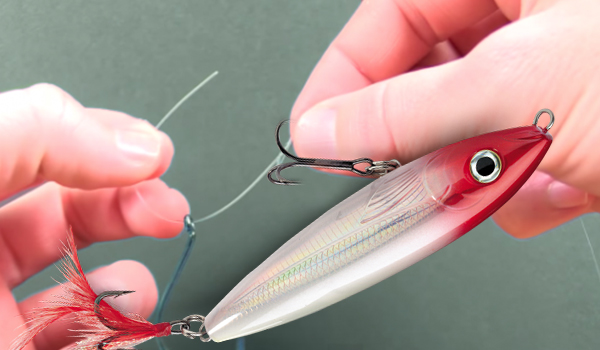No matter how much one loves or despises their job, there comes a time in life when we all need some nice rest and relaxation. There are just as many options regarding how this rest and relaxation is achieved as there are people on this planet, but even after all these years of humankind’s existence, fishing is still among the ones that keep on attracting most fans. Is it because of the effect fishing has on improving one’s skills for being patient or just the chance to catch some dinner while having outside fun bonding with loved ones? More likely, it’s a combination of both.
I hate to break it to you, though, as easy as it might seem, it requires a great deal of practice (that is, if you want to be more successful in your catches, and my guess is you do want to be). What this means is you’re going to have to find yourself outside fishing more often than not, mastering both the sense when the catch would be successful, and the knowledge on how to choose the proper equipment. What most fishermen, experienced and rookies alike, get wrong regarding the equipment is forgetting the importance of line leaders. A fishing line leader, out of all the choices you can find, is just as crucial for your fishing kit as rods, reels and lures are, which is why it doesn’t hurt to talk a bit more about this bit of equipment.

What exactly do we know about line leaders? For starters, they’re the main connection between a fisherman and a fish. Attached to the main fishing line, they serve for tying rigs and lures, and as such they play a big role in how convincing the lure appears to be to the fish, as the lines’ visibility can make or break your fishing so your catch largely depends on them. A fishing line leader can be made of all sorts of artificial materials such as polyethylene, nylon, wire, dyneema, polyvinyl chloride and lead among others, which then undergo manufacturing processes, from mixing and melting to extrusion, and a strand is derived as a result, either forming monofilament or fluorocarbon line leader.
Though they’re both made out of a single thread, monofilament and fluorocarbon still differ in certain aspects. Monofilament is a very affordable option, can absorb water and sunlight, and along with that it’s stretchy, whereas the fluorocarbon is slightly more expensive with considerable differences in the features. Fluorocarbon offers no water absorption which allows for fast sinking, with refractive index close to that as water that makes for sun shining through it, resulting in its lack of visibility to fish. Both types are ideal on their own, yet one is better suited than the other when it comes to specific types of fishing, as is the case in clear and deep water fishing when better catch is possible with fluorocarbon leaders, and shallow water fishing with monofilament. So, all things considered, it’s important that you know your line leaders and the kind of fish you’re after if you want to become a master of the waters.


















You must be logged in to post a comment Login